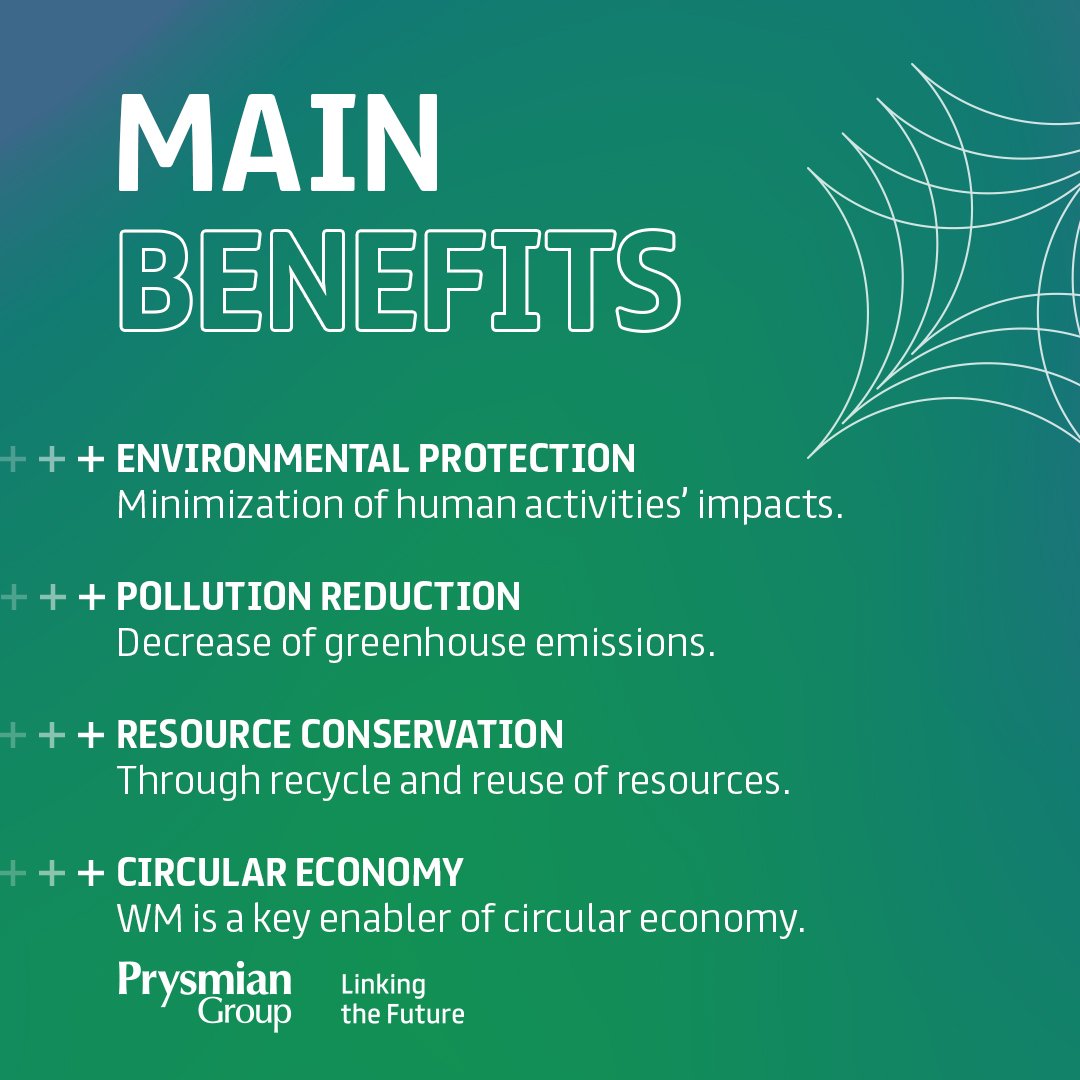The Only Guide for Reclaim Waste
The Only Guide for Reclaim Waste
Blog Article
The 8-Second Trick For Reclaim Waste
Table of ContentsAn Unbiased View of Reclaim WasteNot known Factual Statements About Reclaim Waste Facts About Reclaim Waste RevealedWhat Does Reclaim Waste Do?More About Reclaim Waste
Residential sewer waste refers to the waste and items from a domestic septic container. The proper monitoring and disposal of domestic sewage waste call for liquid waste to be transferred to a sewer treatment plant where the appropriate approaches and devices are used to detoxify and dispose of waste.
Commercial waste usually includes potential dangers, such as flammable materials or a blend of fluid and solid waste products, and needs an extra advanced and in-depth disposal procedure. The disposal of business waste generally includes the purification of waste prior to transportation to guarantee secure and proper disposal. Industrial waste is developed from by-products and runoff of commercial processes and manufacturing.
This sort of waste can not use the very same sewer management transport or procedures as septic or industrial fluids. The hazardous waste monitoring procedure calls for the inspection and screening of fluid waste prior to it undertakes the disposal procedure (industrial wastewater treatment). Runoff waste is the liquid waste that originates from overflow and excess stormwater in extremely inhabited areas or cities
Overflow waste can trigger contamination and flooding if not dealt with correctly. Ensuring proper waste management can protect against catastrophes and reduce ecological damage.
About Reclaim Waste
Contact PROS Solutions today to learn regarding our waste management and disposal services and the proper methods to care for the fluid waste you produce.
(https://blogfreely.net/reclaimwaste1/yc311a58b1)Do you know what happens to your water when you disengage, purge the commode or drain pipes the cleaning equipment? No? Well, it's worth understanding. This so-called 'wastewater' is not just a crucial resource however, after treatment, will certainly be released to our land, rivers or the ocean. Made use of water from bathrooms, showers, bathrooms, kitchen area sinks, washings and industrial procedures is known as wastewater.

water used to cool down machinery or tidy plant and Source equipment). Stormwater, a form of wastewater, is overflow that streams from farming and metropolitan areas such as roofing systems, parks, yards, roadways, paths and rain gutters right into stormwater drains, after rainfall. Stormwater moves without treatment directly to regional creeks or rivers, eventually getting to the sea.
Examine This Report on Reclaim Waste
In Queensland, most wastewater is treated at sewage therapy plants. Wastewater is transferred from domestic or commercial websites via a system of sewage systems and pump terminals, called sewage reticulation, to a sewer therapy plant. Local governments build, maintain and operate most sewer treatment plants. Operators are certified under the Environmental Management Act 1994 to release treated wastewater at an acceptable environmental standard right into rivers.
The Department of Natural Resources recommends local governments about handling, operating and preserving sewerage systems and therapy plants. In unsewered areas, city governments might need householders to install specific or house sewer treatment systems to treat residential wastewater from bathrooms, kitchen areas, shower rooms and laundries. The Department of Natural Resources authorizes making use of household systems when they are confirmed to be reliable.
In some new communities, treatment of some stormwater to get rid of trash, sand and gravel has actually begun using gross pollutant traps. Wastewater therapy takes place in 4 stages: Gets rid of strong matter.
Makes use of tiny living organisms understands as micro-organisms to damage down and remove remaining liquified wastes and great fragments. Micro-organisms and wastes are incorporated in the sludge.
The 8-Minute Rule for Reclaim Waste
Nutrient removal is not available whatsoever sewage therapy plants because it requires expensive specialised equipment. It is becoming more common in Queensland. Clear liquid effluent generated after therapy might still consist of disease-causing micro-organisms. If this effluent is launched into waterways such as rivers or the sea, the micro-organisms will eventually pass away out.

Many wastewater flows right into the sewage system. Under the Act, local federal governments provide authorizations and licences for eco appropriate tasks (ERAs) entailing wastewater releases that may have a regional impact.
Our Reclaim Waste Diaries
Otherwise, examples are considered laboratory analysis. Usually many tests are required to develop the levels of each of the different contaminants such as oils, hefty steels and pesticides in water. Tracking supplies factual info regarding water top quality and can validate that permit problems are being met. The information acquired with surveillance gives the basis for making water quality decisions.
Report this page